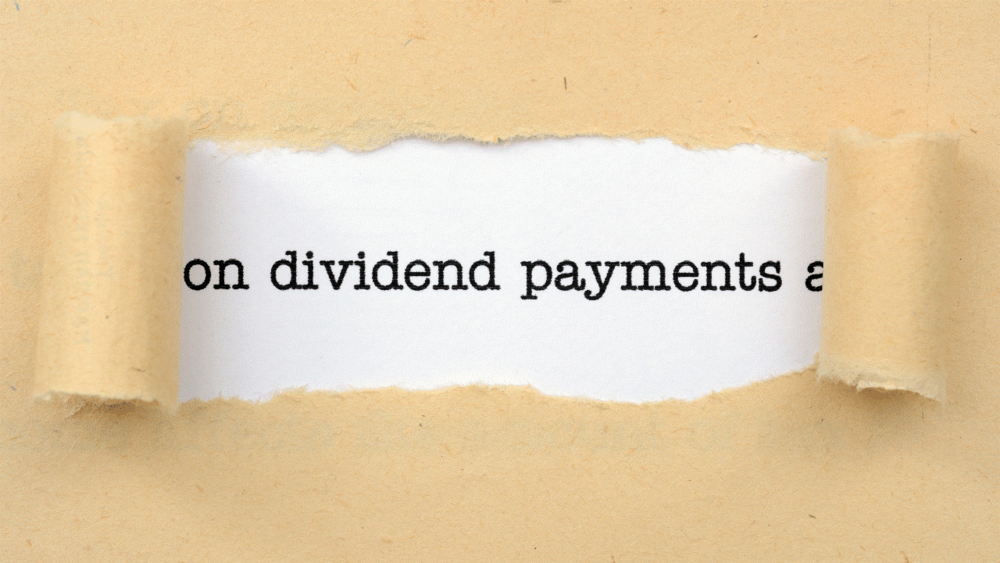When trading on a stock exchange is finished for the day, all stocks will have their prices determined at the close. When the market closes for the day, the price stated is the price of the last lot of stock traded for the day. The price at which the stock was last traded is known as its closing price.
Investors will use that day's closing price as a point of comparison when thinking about how a stock has performed over time.
Although closing prices are helpful markers for investors to use in determining changes in value over time, it is essential to note that they do not reflect after-hours prices or any corporate actions that might alter the price of the stock from time to time. This is a crucial point to keep in mind.
During the trading day, the price of any stock may be impacted by positive or negative news regarding an individual firm, its sector, best mutual funds to invest or the economy as a whole. Any distribution the corporation makes to shareholders will occasionally affect the stock price; however, this factor is not as significant as the others.
Cash dividends, stock dividends, and stock splits are all potential components of these distributions.
Calculating the Closed Price After Adjustments
When looking at previous returns or carrying out an in-depth examination of historical returns, it is common to practice using the adjusted closing price.
Calculating the adjusted closing price after dividends have been made is a straightforward process. When calculating the value of cash dividends, the payout amount is subtracted from the price at which the stock was last sold before closing.
When monitoring or assessing past returns, the adjusted closing price is the one that is utilised.

Let's suppose the last price paid for a share of XYZ Corporation on Thursday was $20. XYZ Corporation will announce the payout of a dividend of $1.50 per share after the market closes on Thursday. After adjusting for inflation, the stock would close for $18.50 ($20 minus $1.50).
The method used to determine the adjusted closing price will be revised if XYZ Corporation declares a stock dividend of 2:1 rather than a cash dividend. When referring to stock dividends, a ratio of 2:1 indicates that shareholders will get two additional shares for each existing share they possess. In this scenario, the calculation for the revised final price will look like this: $20 * (1 / (2+1)). When you round this number up to the nearest penny, you will get the price of $6.67.
If XYZ Corporation publicly announces a 2:1 stock split, investors will be granted an additional share for every share they own. This time, the calculation will be $20 * (1 / (1x2)), indicating an updated closing price of $10.
How the Adjusted Closing Price works
Most of the time, the closing price and the adjusted closing price for a trading day will be the same. But these numbers can change significantly when something like a big dividend or a stock split happens. Here's how to determine the adjusted closing price after a stock split or dividend payment.
Dividend Payments
If a company says it will pay a dividend, you will take the dividend amount away from the share price to get the adjusted closing price. Let's say a company's share price at the end of the day is $100, and it pays a $2 dividend per share. You would take the $2 dividend away from the $100 price at the end of the day. With the changes, each share closed at $98.

Take Johnson & Johnson, which gave out a $1.06 dividend on May 24, 2021, as an example. Its price at the end of May 21, 2021, was $170.96 per share, but it changed to $169.90 after the dividend payment.
Stock Splits
In a stock split, a company lowers its shares' price by dividing them into more than one share. Companies often split their stocks so individual investors can buy more shares at lower prices. When a stock split happens, there is no change in the market capitalization, which is the value of all the outstanding shares of the company.
Let's say that the shares of a company sell for $40 each, and then they are split in half. In this case, the split ratio is 2-to-1, so you'd use that to figure out the adjusted closing value. To get the adjusted closing value, divide $40 by two and multiply by 1. If you owned one share worth $40, you would also own two shares worth $20. The stock's price at the end of the day would be $40, but the adjusted price would be $20.
For example, Apple's stock price at the end of business on August 28, 2020, when it split 4-1, was $499.23. But on the same date, the adjusted closing price was $124.81.
What it means for people who invest on their own
Most of the time, the adjusted closing price of a stock is a better way to look at it over time than the closing price. Using the Apple example again, let's say you just looked at the closing price in August 2020. You would think that Apple shares suddenly lost about 25% of their value, but that wasn't the case. Using the adjusted closing value, you can determine Apple's returns more accurately and compare them to other investments.
The adjusted closing value may seem complicated to figure out, but some stock-quote websites do it for you automatically and include it in a stock's historical data.
Other Attempts to Act
These are the most fundamental and typical corporate acts that have the potential to influence the closing price of a stock. Easy credit card approval canada, the determination of the modified closing price can be made significantly more difficult by various acts, such as the announcement of a rights offering.
Investors can find a solution to the issue by utilising historical price services offered by financial websites like Investopedia and Yahoo! Finance. These services calculate adjusted closing prices for investors.


No comments yet